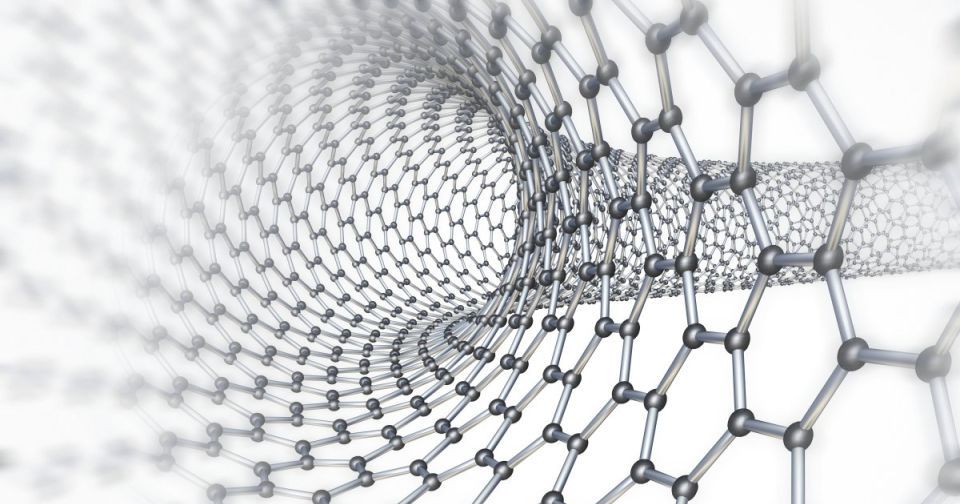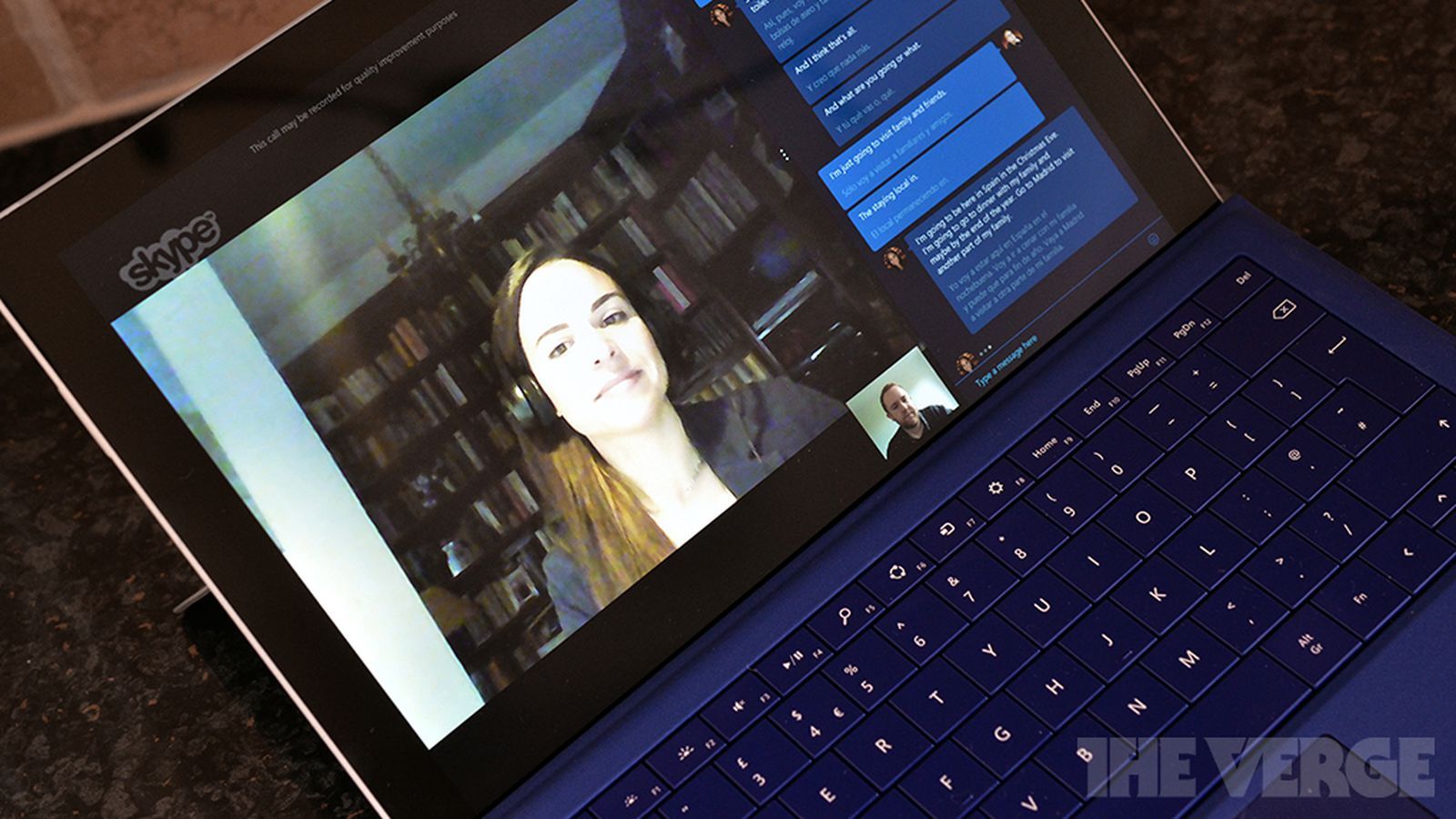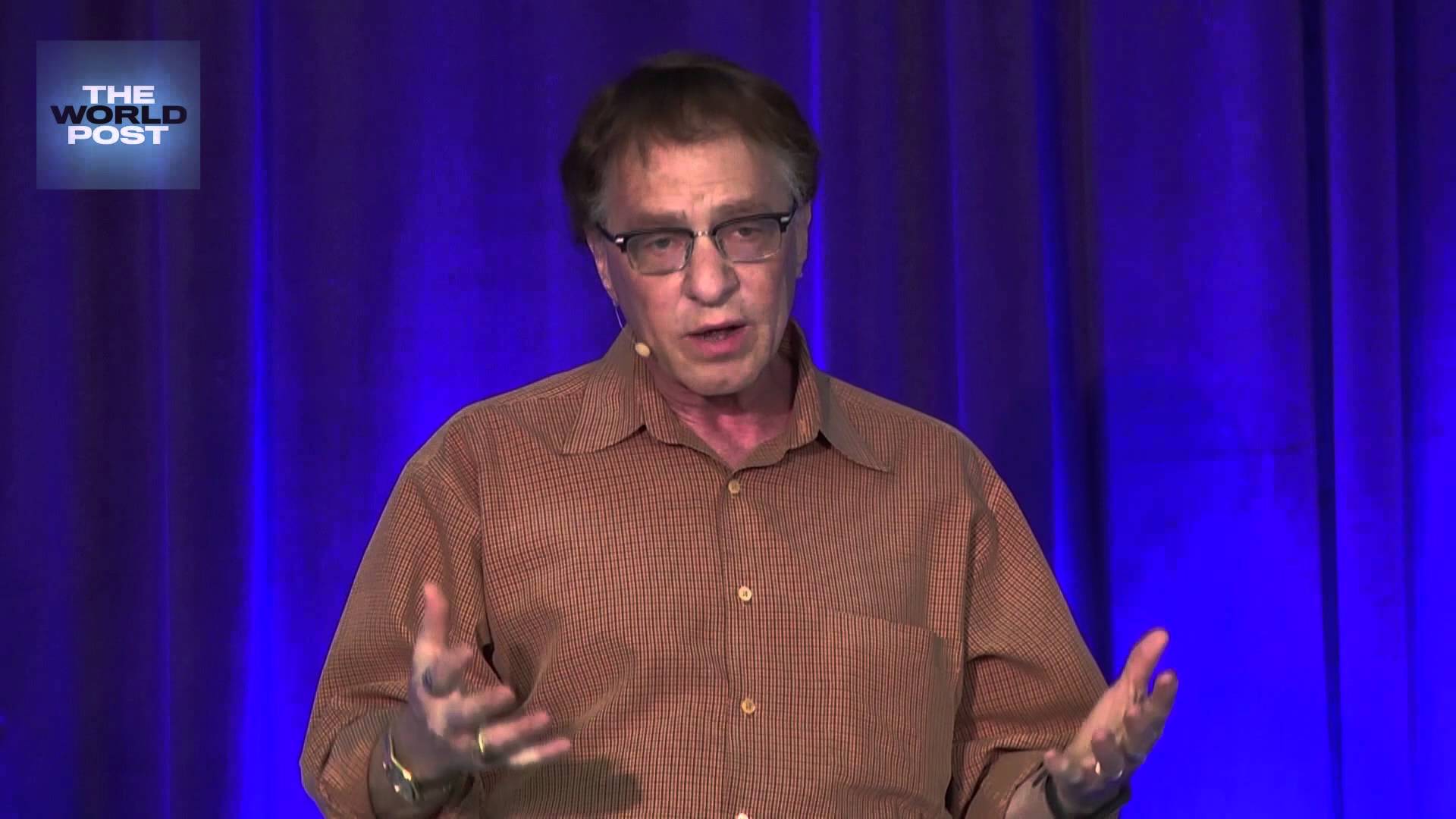Oct 2, 2015
Nanotube Electronics Could Replace Silicon — IBM Research Breakthrough
Posted by Shailesh Prasad in categories: computing, electronics, engineering
IBM announced a major engineering breakthrough that could open the way to replacing silicon transistors with carbon nanotubes in future electronics and computing technologies.
Silicon transistors have become dramatically smaller in the last decades following Moore’s Law — the observation that the number of transistors per unit area doubles every two tears. However, silicon transistor technology is approaching a point of physical limitation.
With Moore’s Law running out of steam, shrinking the size of transistors — including the channels and contacts — without compromising performance is a research and manufacturing challenge. Carbon nanotube technology could lead to much smaller transistors and keep electronics and computing devices on the Moore’s Law of exponentially decreasing size and thus increasing performance. However, as devices become smaller, increased contact resistance for carbon nanotubes has hindered performance gains until now.















